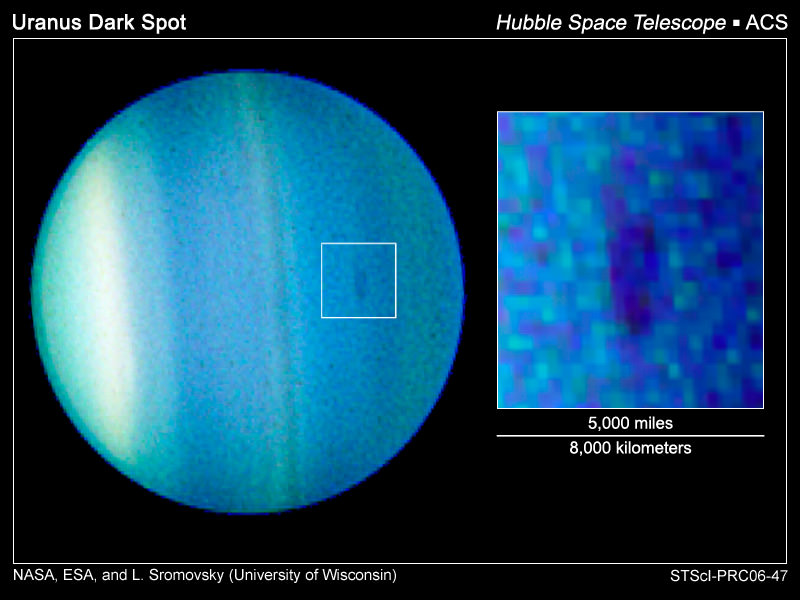One year on uranus is the equivalent of 84 years on earth its third trip around the sun since its discovery in 1781 will be complete in 2033

One Year on Uranus: A Journey Through Time

Since its discovery in 1781 by Sir William Herschel, Uranus has remained a fascinating and enigmatic planet in our solar system. With its distinct blue color and peculiar sideways rotation, Uranus has continued to intrigue scientists and laypeople alike. One of the most intriguing facts about Uranus is its unique orbital period, which states that one year on Uranus is equivalent to a staggering 84 Earth years.
A Remarkable Time Warp
Imagine living on a planet where a single year spans nearly a century of Earth time. That is the reality on Uranus. Due to its immense distance from the Sun and its slow rotation, Uranus completes one orbit around the Sun in approximately 84 Earth years. This mind-boggling concept can be difficult to grasp, but it highlights the vastness of our solar system and the incredible diversity of celestial bodies within it.
The Third Journey
Since its discovery, Uranus has completed only two full trips around the Sun. Its third orbital journey will be complete in the year 2033, marking another significant milestone in our understanding of this distant and mysterious planet. As Uranus continues its voyage, scientists eagerly await the data and insights that will be gathered during this unique cosmic event.

A Frozen Giant
With an average distance of 1.8 billion miles from the Sun, Uranus is a frigid and inhospitable world. It is classified as an ice giant, along with its outer neighbor Neptune. The planet’s atmosphere is predominantly composed of hydrogen and helium, with traces of methane contributing to its distinctive blue color. Despite its stunning appearance, the extreme cold, reaching temperatures as low as -224°C (-371°F), makes Uranus an unlikely destination for future human exploration.
An Unusual Orientation
Uranus’s unconventional axial tilt sets it apart from all other planets in our solar system. While most planets rotate on an axis roughly perpendicular to their orbits, Uranus is tilted at an angle of about 98 degrees. This extreme tilt leads to unique seasonal patterns on the planet, as different regions experience prolonged periods of sunlight or darkness. Imagine a planet where summers and winters last for decades!
Exploring Uranus
As we strive to unravel the mysteries of Uranus, space missions such as Voyager 2 have provided valuable insights into this enigmatic planet. These missions have captured detailed images, measured atmospheric properties, and studied Uranus’s intricate ring system. However, further exploration and research are necessary to fully understand the complexities of this frozen giant.
In conclusion, Uranus’s remarkable orbital period of 84 Earth years and its upcoming third journey around the Sun in 2033 continue to captivate our curiosity. Its distinct features, mysterious atmosphere, and unique axial tilt make Uranus a fascinating destination for scientific exploration. As we gaze up into the starry skies, let us marvel at the wonders of Uranus and the awe-inspiring vastness of our universe.
Source: nineplanets.org
Related Posts
Quick Links
Legal Stuff

